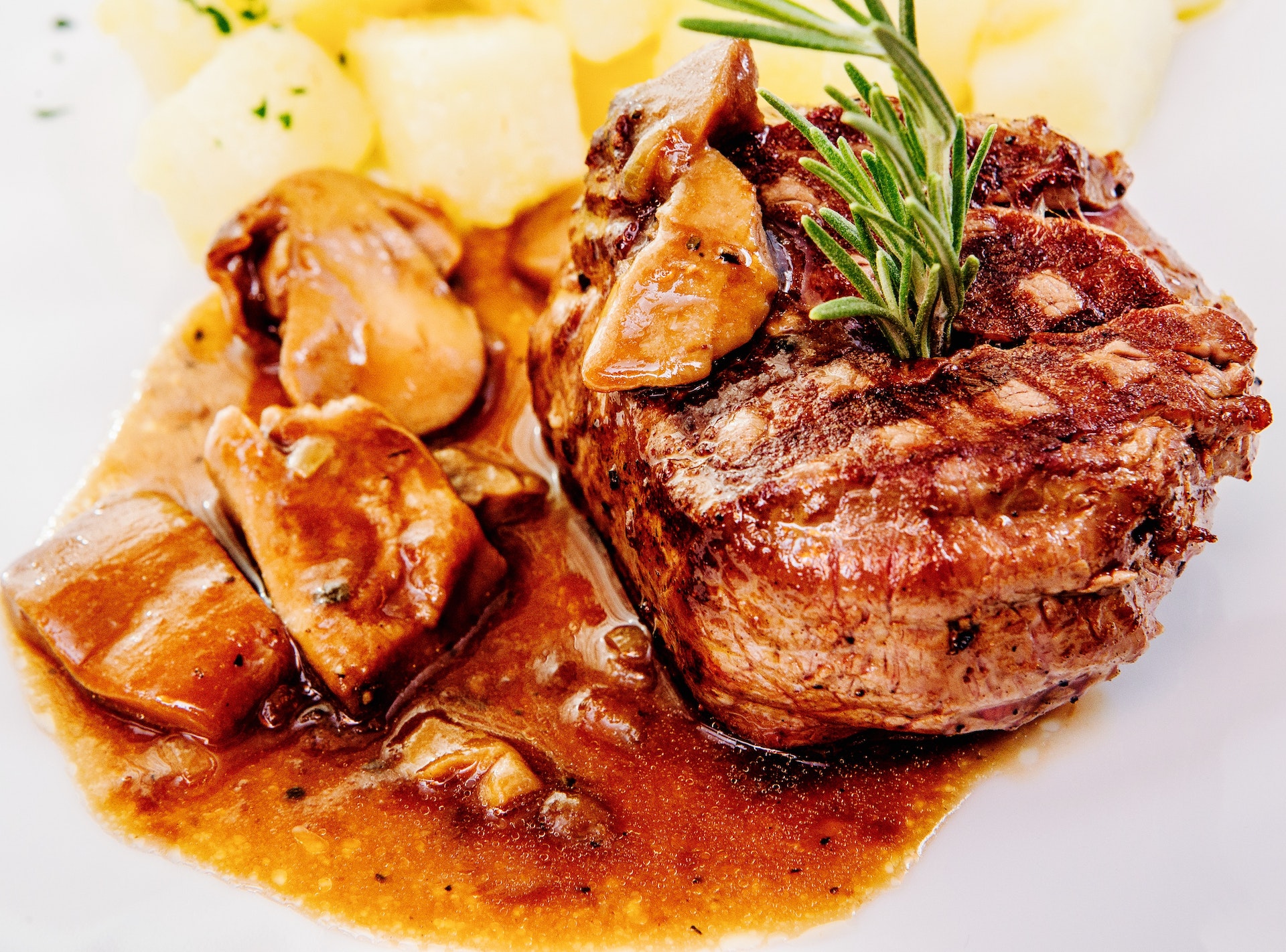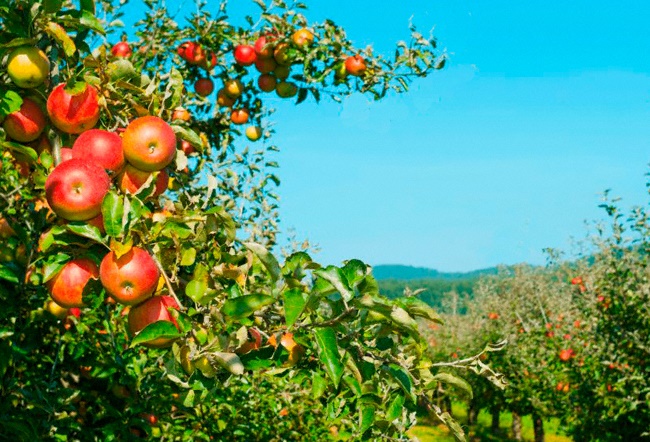Cooking, in scientific terms, is the transfer of heat energy which changes the condition of the food or, more specifically, the state of matter. Whether you boil, bake, fry, or grill, the cooking process decreases or disperses moisture, while destroying any germs or harmful bacteria in the food.
Food enthusiasts consider cooking to be a form of art, and it goes far beyond simply heating up a meal. It is said that the way to one’s heart is through their stomach, as a wonderful meal satisfies all the senses at once.
An attentive cook is able to balance all the elements for optimal flavor, texture, nutrition, appearance and aroma. While it may take many years of practice to achieve perfection, some simple tips can go a long way towards many amazing meals and save you from any disasters like my own experience below:
Confident that one of my perfected Indian delicacies, “sweet poli,” would win their hearts, I invited some friends to dinner to show off my newly acquired culinary skills. Although I utilized the correct amounts and ingredients, the dish turned out awful and my pride was injured. Later, I discovered that the dhal should have been roasted dry in a pan before boiling.
Little details like this can make or break a meal. Luckily you don’t always have to learn from experience. These 20 tips will help you cook like a pro!
Taste it before you ruin it
Success
You are now signed up for our newsletter
Success
Check your email to complete sign up
After combining all the essential ingredients into the batter or raw dish, cook a small portion to test the flavor. This gives you the opportunity to adjust the ingredients as necessary so that the final product tastes great.

Temperature control
To achieve crispy bacon or deep fried dishes, follow this easy trick: start with moderate heat and gradually increase it to medium or high.
Cooking with shortening
To ensure that butter/shortening is evenly distributed in a cooked dish, either freeze and grate the hard block, or take it out of the refrigerator at least half an hour ahead of time so it is softened before incorporating it.

Pan prep
If you’re baking a cake or cookies, consider dusting the pan with crushed sugar — This will make your cookies taste better. It makes the cake’s corners sweet and crispy.
When cooking vegetables, heat the pan and oil first before adding vegetables or other ingredients. This helps minimize cooking time and retain a fresh flavor.
When cooking pasta or beans, add a few drops of oil to the water. This interrupts surface tension to prevent the pot from boiling over.
Excessive salt
It is recommended to taste your dishes before serving. Too much salt can be remedied by adding a little water, cooked rice, vinegar, or lemon juice, depending on the situation. Aim for a balance in flavors with nothing excessive.

Gravies
To make a thicker gravy, puree some of the cooked ingredients, such as potatoes, lentils, or cauliflower, or add a bit of flour mixed with water towards the end of the cooking.
You may sometimes find that some cooking liquid has baked onto the pan. Do not squander this flavorful treasure. Moisten the pan with some water, juice or wine as you reheat it, scraping the sides to collect the concentrated juices; then pour it into the cooked dish. This will earn you the title of “master chef” in your household.
Onions and Garlic
To preserve their strong flavor, always wait until the time of cooking to cut your onions and garlic. Crushing garlic is even better for extracting all the flavorful oils from this fresh spice.
If you don’t want to cry through your meal prep, wash your onions before peeling and cutting.
Onions become sweeter as they caramelize, so sauté them well before adding the remaining ingredients.

Use fresh foods
Always utilize fresh foods in your cooking, preferably organic and locally grown. It not only improves the flavor but also the integrity of your meals.
Paring tricks
Using a peeler rather than a paring knife to remove the skin from fresh fruits and vegetables helps reduce waste. If even the peeler is taking too much flesh from your root vegetables, try scraping them with a knife.

To peel the skin off boiled vegetables, replace the hot water with cold water and the skin will slip off easily.
Using scissors
Oftentimes, using scissors to cut herbs is more efficient than a knife. It gives you greater control, and you can season the food in no time.

Pre-chilling
After making a dough for cookies or crust, allow it to rest in the fridge for at least half an hour before baking. When the fats are chilled, the rising process slows down to improve the baked texture. Also the flavor becomes richer after the dry ingredients have had time to absorb some moisture from the wet ingredients.
Chilling meat, fish or cheese before cutting makes for easy slicing.
Strawberry hulls
To remove the leaves off of strawberries, insert a straw from the other end to gently expel the leaves.
Sweetness
Sometimes, we overlook the importance of sweetness in our main dishes. Adding a touch of sugar or syrup toward the end of cooking just about anything will heighten the taste. This trick binds the ingredients with a delicious flavor that lingers in your mouth.
Keep these tips in mind and you will quickly gain confidence in the kitchen. When you are at ease, you will become more mindful and engaged in the process, and gain access to your own invaluable intuition.







